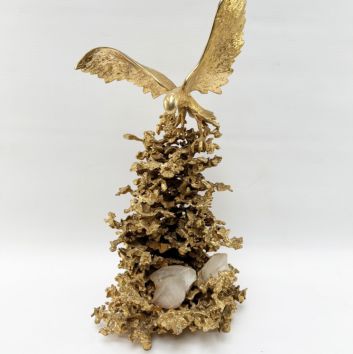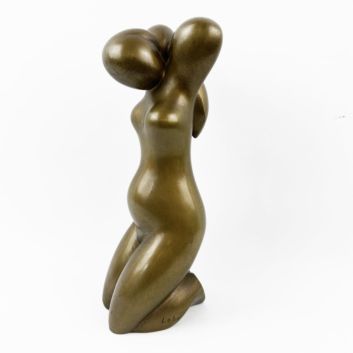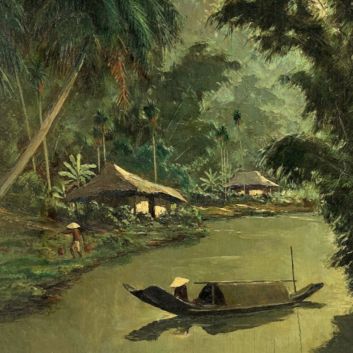Rating and value of paintings, drawings and sculptures by Hans, Jean Arp
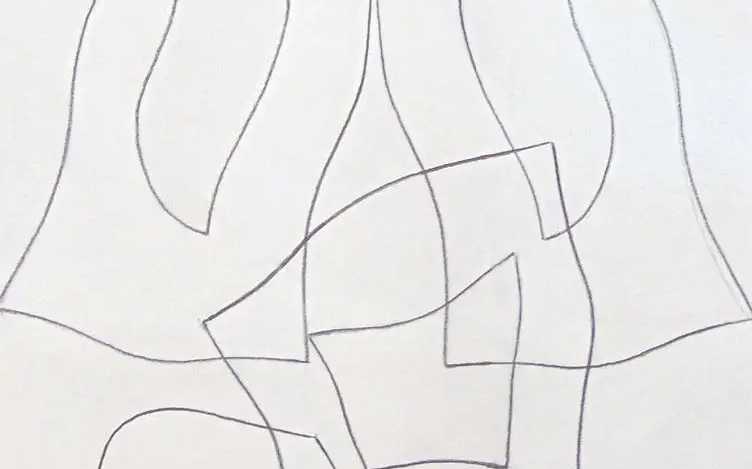
If you own a work by or based on the artist Hans Arp and would like to know its value, our state-approved experts and auctioneers can help you.
Our specialists will carry out a free appraisal of your work, and provide you with a precise estimate of its current market value.
Then, if you want to sell your work, we'll point you in the right direction to get the best possible price for it.
Artist's rating and value
Famous and highly regarded during his lifetime, Hans Arp quickly became a major success on both the European and American markets. Since the 2000s, his value has continued to rise.
The artist has thus established himself as a sure bet on the world art market. His most prized works are his surrealist sketches in gouache or pastel, and his so-called automatic sketches.
A work by Hans Arp can fetch millions of euros at auction, as demonstrated by his oil on canvas Torso Holding a Horse's Head by the Bridle, dating from 1925, which sold for over 2 million euros in 2013.
Order of value from the most basic to the most prestigious
Technique used | Results |
|---|---|
Print - multiple | From €10 to €133,900 |
Drawing - watercolor | From €220 to €325,670 |
Paint | From €100 to €2,455,900 |
Sculpture - volume | From €100 to €4,322,900 |
Response in less than 24h
Artist's style and technique
Hans Arp's works are characterized by organic, often abstract compositions in which forms float freely, inspired by the forces of nature and the mysteries of the unconscious.
These compositions reflect a constant search for balance and spontaneity, while freeing themselves from academic constraints and traditional compositional rules.
Arp sought to capture the essence of the invisible world, that of dreams and myths, which he translated into fluid, sometimes biomorphic forms, giving the impression of effortless, natural movement.
The artist explored the boundaries of several techniques, using in turn oil paint, etching, drawing, collage and sculpture.
Each of these methods brought a unique textural richness to his works, enabling striking visual contrasts between smooth and rough, light and dense.
Collage, in particular, became a field of experimentation in which Arp created abstract compositions by juxtaposing cut-out shapes, playing with color, negative space and superimposition.
This technique brought a sense of spontaneity and improvisation, while remaining guided by a keen sense of structure.
Arp's choice of shapes and colors was never accidental. They were chosen with a meticulousness that reflected both organic abstraction and symbolic intent. In his works, rounded forms evoke the human body, nature or mythological beings, while remaining open to multiple interpretations.
The color palette, often restricted to soft, earthy or pastel tones, reflected his desire to create harmony between visual elements and nature. This subtle use of color reinforces the fluid, natural look of his creations.
Arp also introduced a playful, random aspect into his art. His use of chance - whether in the arrangement of forms or in the execution of the work itself - reflected a willingness to let go and allow the work to create itself almost on its own. This approach resonated with the Dada group, of which Arp was a founding member. He saw chance as a creative force in its own right, capable of producing unpredictable yet perfectly harmonious forms and compositions.
The sculptural dimension of his work cannot be ignored. His sculptures, often in the round, show the same penchant for abstraction and fluidity of form.
The materials he used, such as bronze, marble and plaster, were chosen for their ability to express movement and continuity of line.
His sculptures seemed to escape gravity, giving an impression of lightness, as if floating in space. Here again, the organic, natural aspect of the forms was central to his aesthetic, giving his sculptures a timeless, universal character.
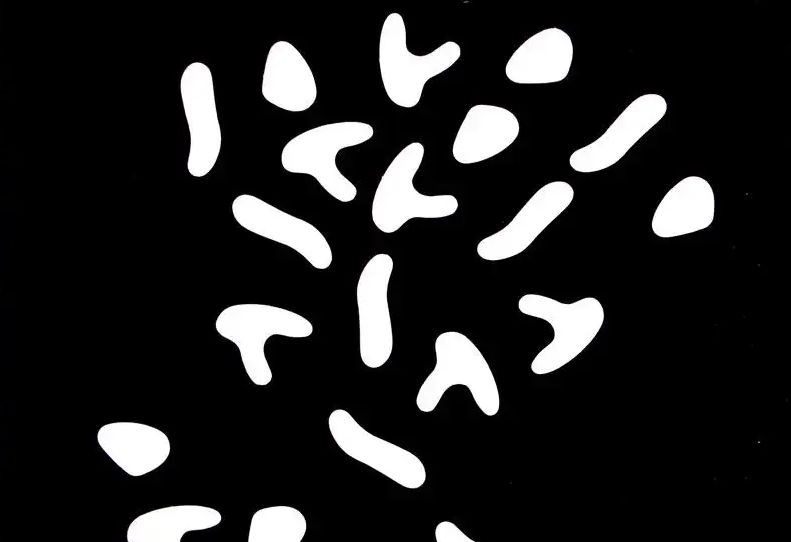
Hans Arp's career
Hans Peter Wilhelm Arp, better known as Hans Arp or Jean Arp depending on the language context, left his mark on 20th-century art history with his innovative approach and his contribution to the Surrealist movement and the Dada group.
Born in Strasbourg in 1886, he grew up in a culturally rich environment, at the crossroads of German and French influence. His nationality oscillated between these two poles, as he became a French citizen following the reintegration of Alsace into France after the First World War.
His early training at the Weimar School of Art and the Académie Julian in Paris did not suit him, as Arp quickly rejected the academicism advocated there.
His independent, non-conformist spirit led him to look elsewhere, notably Switzerland, where he co-founded the Moderne Bund group, dedicated to promoting the artistic avant-garde. This group, a forerunner in the development of modernist ideas, provided Arp with fertile ground for exploring new creative avenues.
He is part of an artistic movement that wants to explore all the new possibilities that art has to offer, including artists such as Arman or Jean-Michel Atlan.
Arp's time in Zurich was crucial to his career. It was here, at the heart of Europe's cultural effervescence, that he joined the ranks of the founders of the Dada movement in 1916, a movement whose rejection of artistic and social conventions perfectly matched his state of mind.
Along with his fellow artists, Arp participated in the exploration of new forms of expression, in which the absurd and chance played a central role.
In 1922, Arp met Sophie Taeubera multi-talented Swiss artist who became his partner and creative equal. Their marriage symbolized an artistic union, and their collaboration gave rise to some of the most significant works of the period.
Together, they settled in Clamart, where Arp deepened his research into sculpture in the round, a field in which he excelled in translating his quest for pure, organic forms into matter.
Despite the tragic loss of Sophie in 1943, Arp continued to produce and develop as an artist. His work took on a more spiritual dimension, and his sculptures became increasingly refined, almost meditative.
Sophie's influence and their collaboration remained palpable throughout his career.
His fame grew over the years, and by the end of his life he was already enjoying international recognition.
The studio he shared with Sophie was transformed into a museum by his second wife, Marguerite Hagenbach, preserving and celebrating the couple's artistic legacy.
Today, the Fondation Arp in Clamart remains a must-see for modern art lovers, testifying to Hans Arp's major place in the history of contemporary art.
Focus on Tie and head, Hans Jean Arp
Focus on Jean Arp's sculpture Human Concretion
Human Concretion, Jean Arp's iconic sculpture, is distinguished by its organic, abstract forms and the artist's choice of monochrome. This work reveals the artist's quest for visual purity and harmony with nature.
Soft lines and elegant curves evoke natural elements, while suggesting a human essence.
Here, Arp chose not to reproduce a body figuratively, but rather to capture the very idea of the human form, leaving room for the personal interpretation of each viewer, so that the work could be adapted to any audience.
The title Human Concretion enriches this experience. The word "concretion" evokes a natural formation, a process of transformation and accumulation of matter. This reflects Arp's intention to propose a sculpture that, though abstract, dialogues with notions of humanity and nature.
The work presents itself as a bridge between the material world and the deeper ideas that animate it.
In this sculpture, Arp uses bronze in a surprising way. The polished surface captures the light, adding an almost ethereal dimension to the whole. This treatment of the material offers an unexpected lightness, echoing the fluidity of the forms.
This contrast between the solidity of the bronze and the delicacy of the lines reflects Arp's talent for transforming classical elements into contemporary expressions of beauty.
Human Concretion also illustrates Arp's philosophy on the importance of chance in the creative process. The artist is inspired by the principles of Dadaism, where the unexpected is essential. This approach gives the sculpture a living character, as if it had emerged naturally, without outside intervention. In this way, Arp captures the essence of form, playing on simplicity and spontaneity.
Human Concretion 's impact on the viewer is significant. Its apparent simplicity conceals a wealth of interpretations. Some may see it as a representation of the human condition, while others may perceive echoes of nature.
This ability to provoke a variety of reflections is one of Arp's strengths, as he succeeds in establishing a deep connection between his work and the public.
With Human Concretion, Jean Arp invites us to re-examine our relationship with form and nature. He creates a dialogue between abstraction and reality, exploring the connections between art and existence.
His sculpture, though minimalist, evokes familiar sensations and plunges us into a reflection on the beauty of form.
In conclusion, Human Concretion bears witness to Jean Arp's artistic evolution and his exploration of the relationship between art and nature. The work is an invitation to appreciate the beauty of simplicity and to discover the depths that can be concealed in pure forms.
This sculpture remains a landmark in the history of modern art, highlighting Arp's innovative vision and his lasting impact on the contemporary art world.
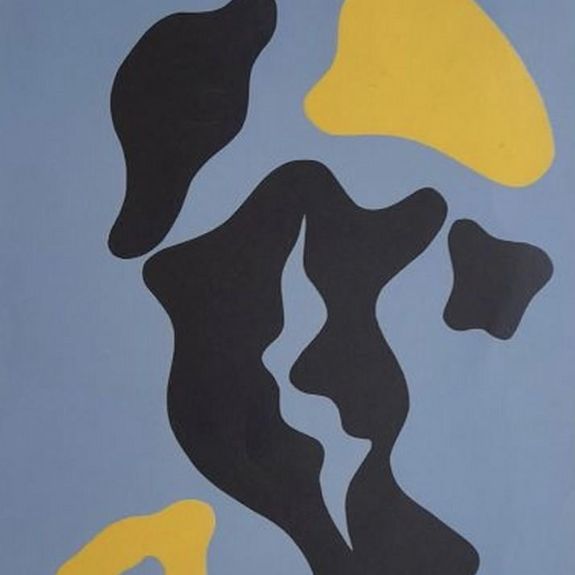
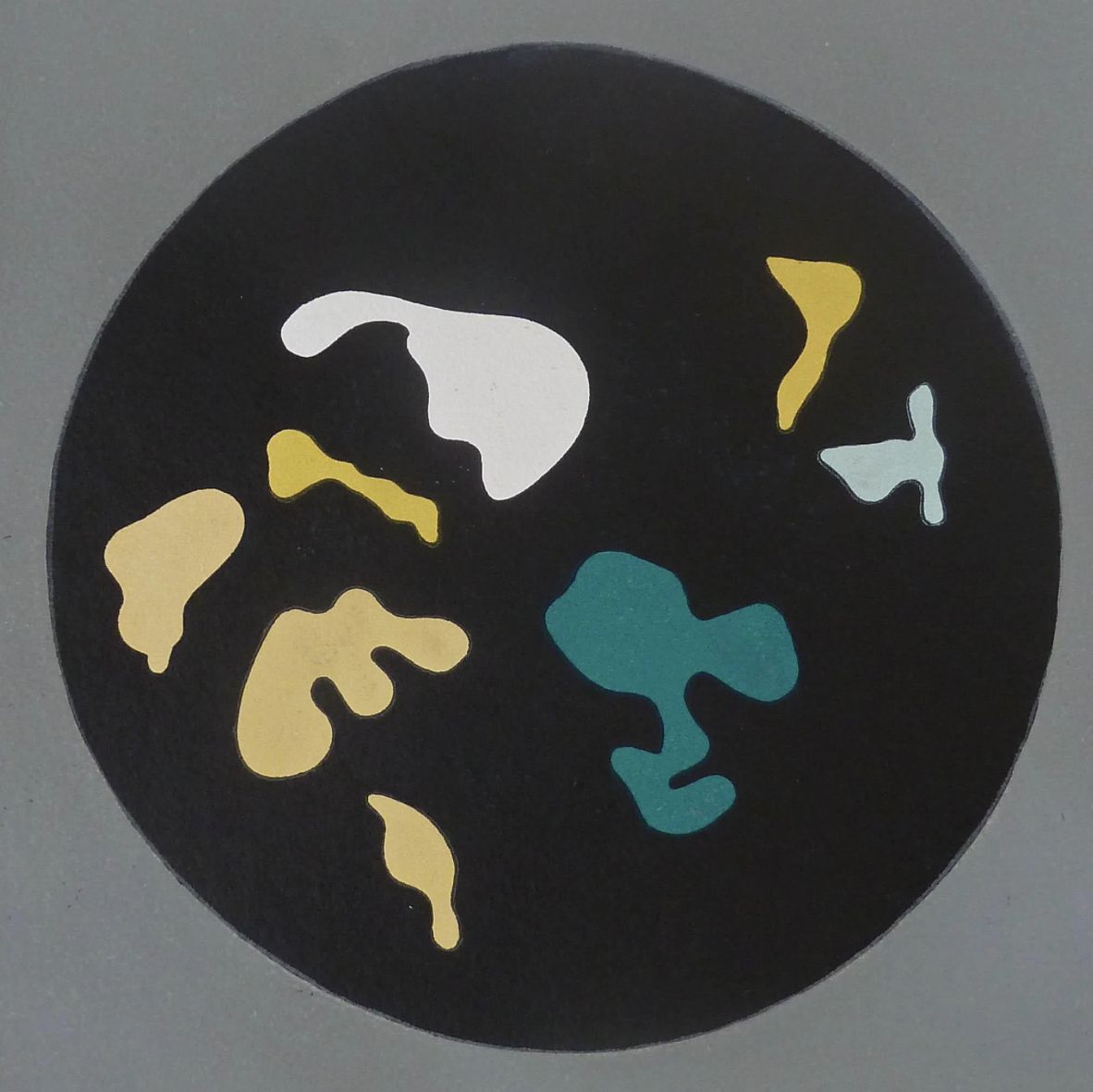
Hans Arp's imprint on his time
Recognized as one of the most important artists of his time, Hans Arp received numerous awards for his work.
Leaving behind a significant artistic legacy, he is considered a great master of Surrealist art. His works are highly prized at auction and sought after by many collectors.
His signature
Not all Hans Arp's works are signed.
Although there are variations, here is a first example of its signature:
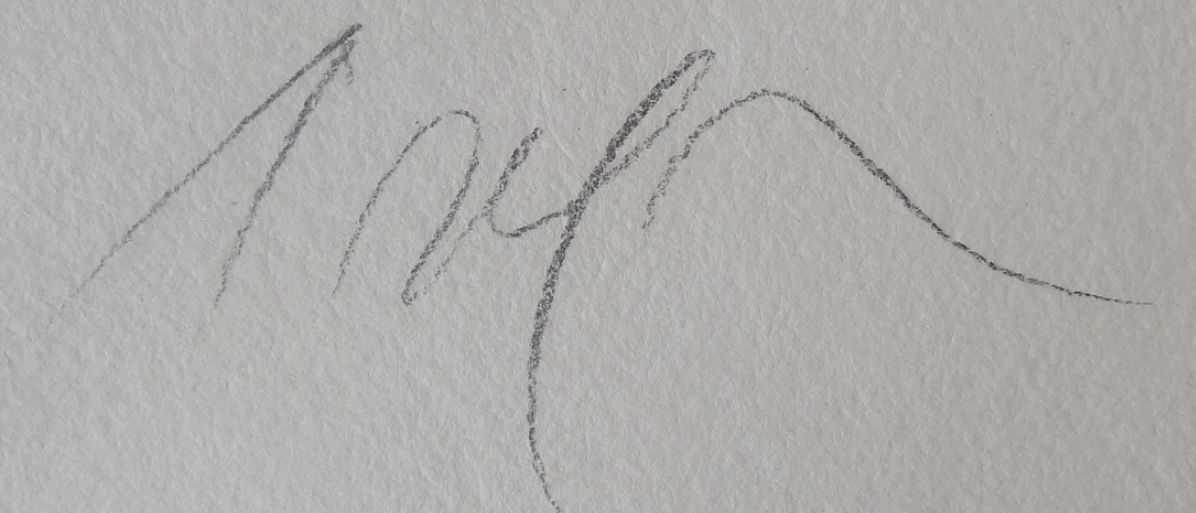
Appraising your property
If you happen to own a work by or after Hans Arp, don't hesitate to ask for a free estimate by filling in our form on our website.
A member of our team of experts and certified auctioneers will contact you promptly to provide you with an estimate of the value of your work, as well as any relevant information about it.
If you're thinking of selling your work of art, our specialists can also help you find alternatives to sell it at the best possible price, taking into account the market's inclinations and specificities.
Response in less than 24h
Related topics
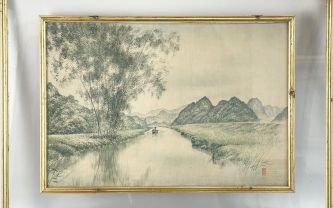
Cote et valeur 2024 des tableaux, dessins, peintures de Tran...
Tran Duy is a twentieth-century Vietnamese artist who produced inks on silk that are highly valued at auction.
Read more >

Rating and value of paintings by Marko Cel...
Marko Celebonovik is a Serbian figurative painter who has produced many works that are highly rated and valued at auction.
Read more >
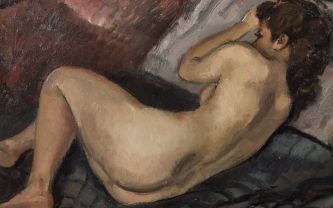
Rating and value of paintings by François...
François Eberl est un peintre austro-hongrois de l'École de Paris, qui a produit de nombreux tableaux thématiques dont la valeur est élevée.
Read more >
Secure site, anonymity preserved
State-approved auctioneer and expert
Free, certified estimates
